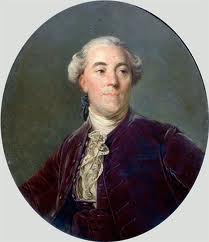Eugénie Hortense Auguste Napoléone, known as Eugénie de Beauharnais, princess of Leuchtenberg (22 December 1808, Milan – 1 September 1847, Freudenstadt) was a Franco-German princess. She was the second daughter of Eugène de Beauharnais and Princess Augusta of Bavaria, and a member of the house of Beauharnais. In 1826 she married Constantine, Prince of Hohenzollern-Hechingen.
Early years
Born and raised as a Catholic, Eugénie grew up in the Palais Leuchtenberg on Ludwigstraße in Munich and frequently spent the summer months with her parents at Schloss Eugensberg, a castle built on Lake Constance (at what is now Salenstein) by her father. The family's behaviour was princely in every aspect - the French envoy Coulomb wrote in 1822: "Prince Eugène de Beauharnais lives in greater luxury than [Napoleon's] court". Their Palais in Munich had been built by the famous Bavarian architect Leo von Klenze for over 2 million guilders. Besides Munich and Schloss Eugensberg, the family had manors at Eichstätt and Ismaning. On her father's death in 1824, Eugénie inherited Schloss Eugensberg.
















